Better Addiction Care Blogs
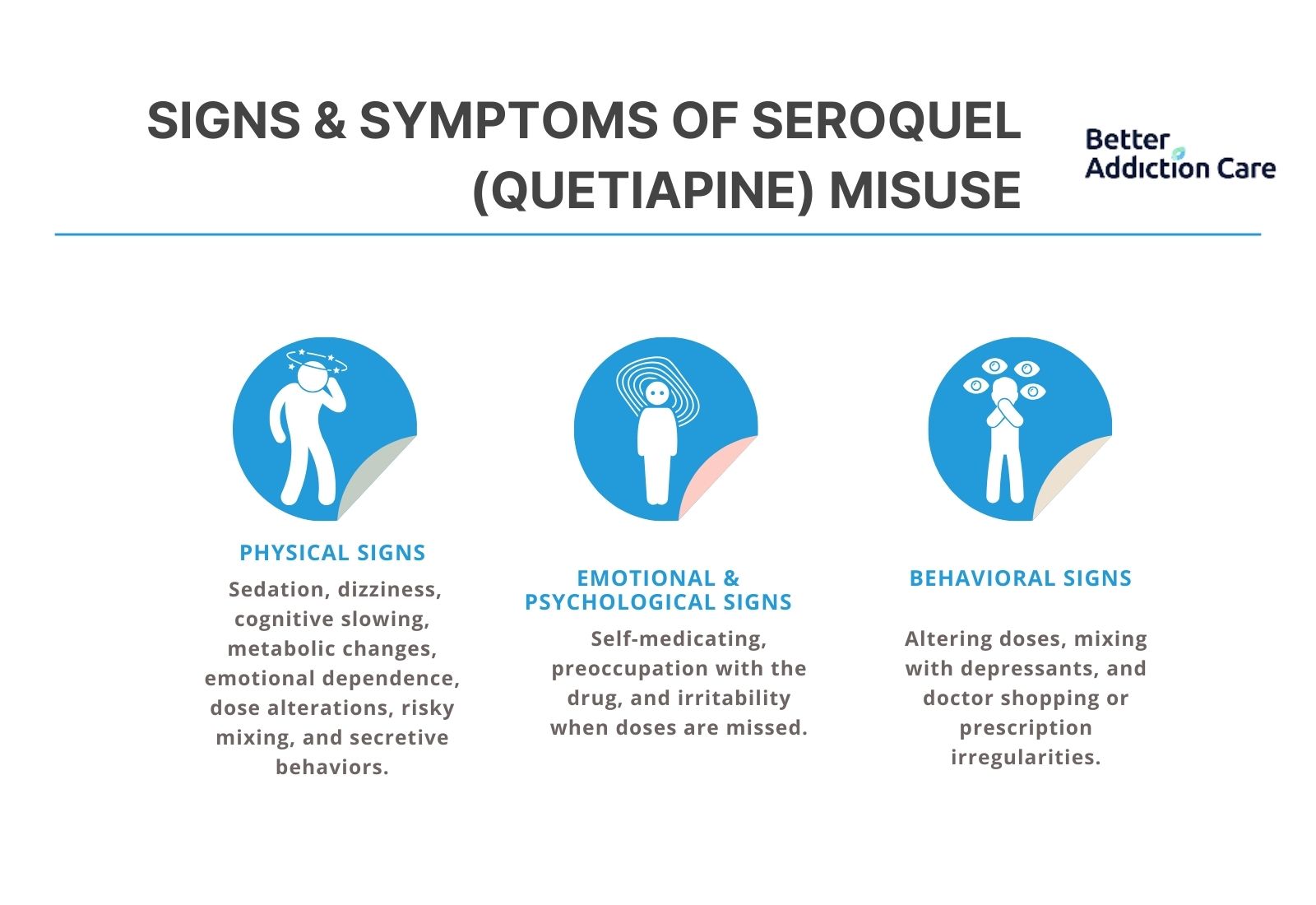
Seroquel is the brand name for quetiapine, a type of atypical antipsychotic first approved in the late 1990s.
Seroquel is the brand name for quetiapine, a type of atypical antipsychotic first approved in the late 1990s.
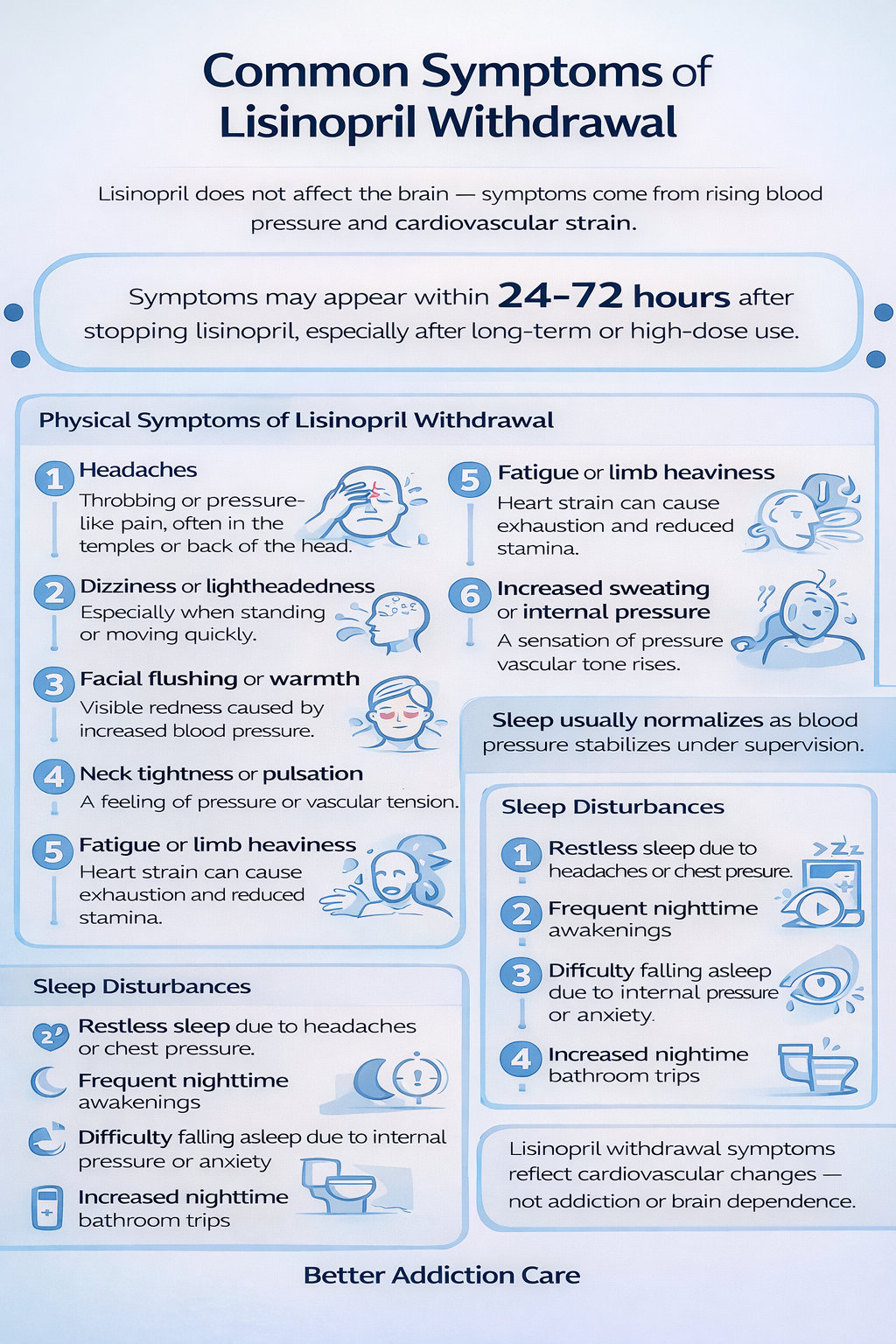 @esle
@esle

When Lisinopril is present consistently, it blocks the hormone angiotensin II—a chemical that narrows blood vessels and increases blood pressure. Removing the medication abruptly allows angiotensin II activity to spike, which can cause:
When Lisinopril is present consistently, it blocks the hormone angiotensin II—a chemical that narrows blood vessels and increases blood pressure. Removing the medication abruptly allows angiotensin II activity to spike, which can cause:

Lisinopril is an ACE inhibitor (angiotensin-converting enzyme inhibitor) prescribed to:
-
Lower high blood pressure
Lisinopril is an ACE inhibitor (angiotensin-converting enzyme inhibitor) prescribed to:
-
Lower high blood pressure

Ibogaine is a psychoactive alkaloid derived from the Tabernanthe iboga plant, traditionally used in ceremonial contexts in Central and West Africa. In modern contexts, it is used—usually outside the United States—in unregulated clinics for opioid withdrawal and other substance-related concerns.
Ibogaine is a psychoactive alkaloid derived from the Tabernanthe iboga plant, traditionally used in ceremonial contexts in Central and West Africa. In modern contexts, it is used—usually outside the United States—in unregulated clinics for opioid withdrawal and other substance-related concerns.
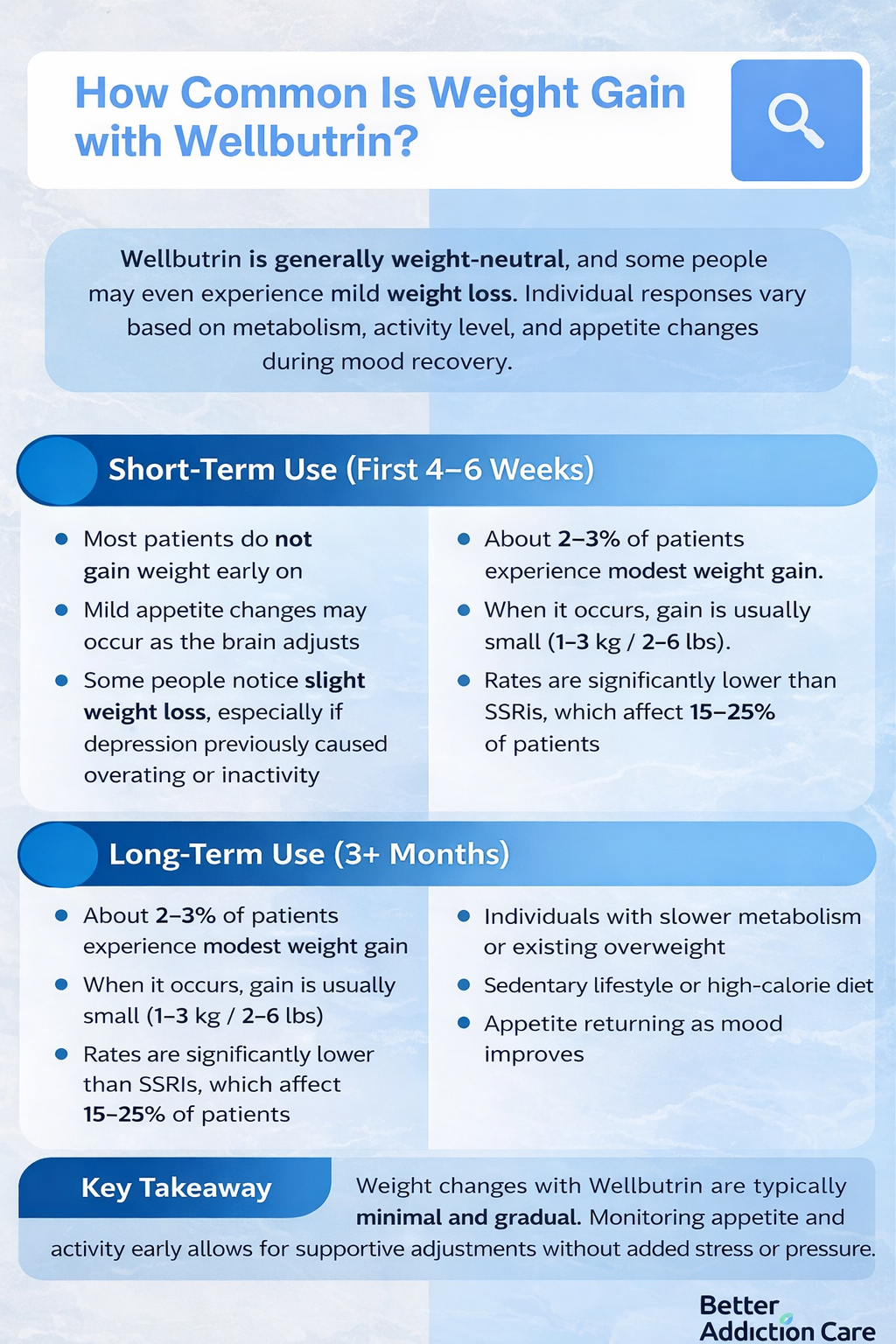 @esle
@esle

While many antidepressants are associated with noticeable weight gain, Wellbutrin is generally considered weight-neutral or even slightly weight-reducing. However, individual experiences can vary due to factors like metabolism, activity levels, and mood-related changes in appetite.
While many antidepressants are associated with noticeable weight gain, Wellbutrin is generally considered weight-neutral or even slightly weight-reducing. However, individual experiences can vary due to factors like metabolism, activity levels, and mood-related changes in appetite.
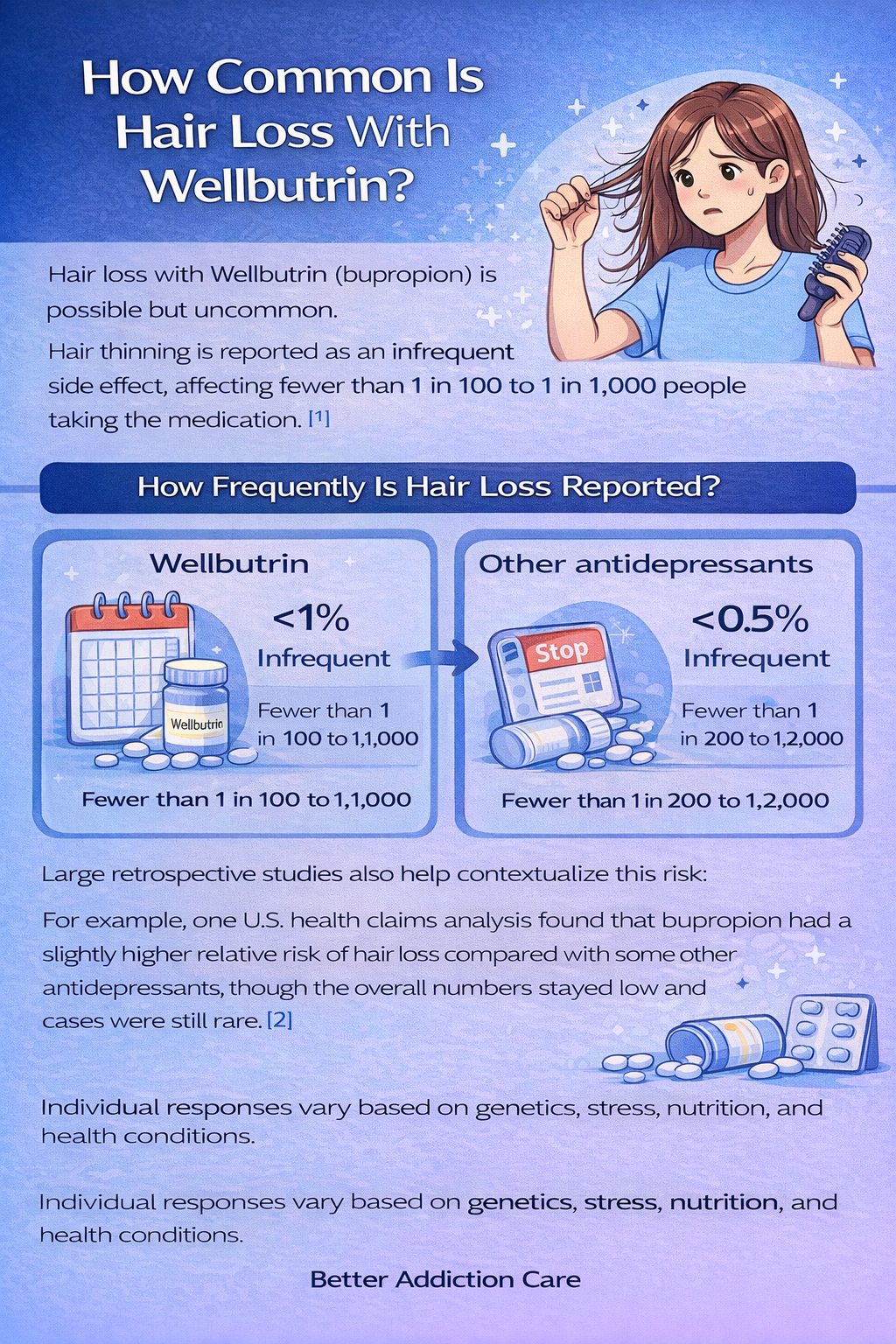 @esle
@esle

When someone starts a medication like Wellbutrin, they are often doing so with hope. Hope for relief. Hope for stability. Hope that things will finally start to feel manageable. So when hair begins shedding unexpectedly, that hope can quickly turn into fear.
When someone starts a medication like Wellbutrin, they are often doing so with hope. Hope for relief. Hope for stability. Hope that things will finally start to feel manageable. So when hair begins shedding unexpectedly, that hope can quickly turn into fear.
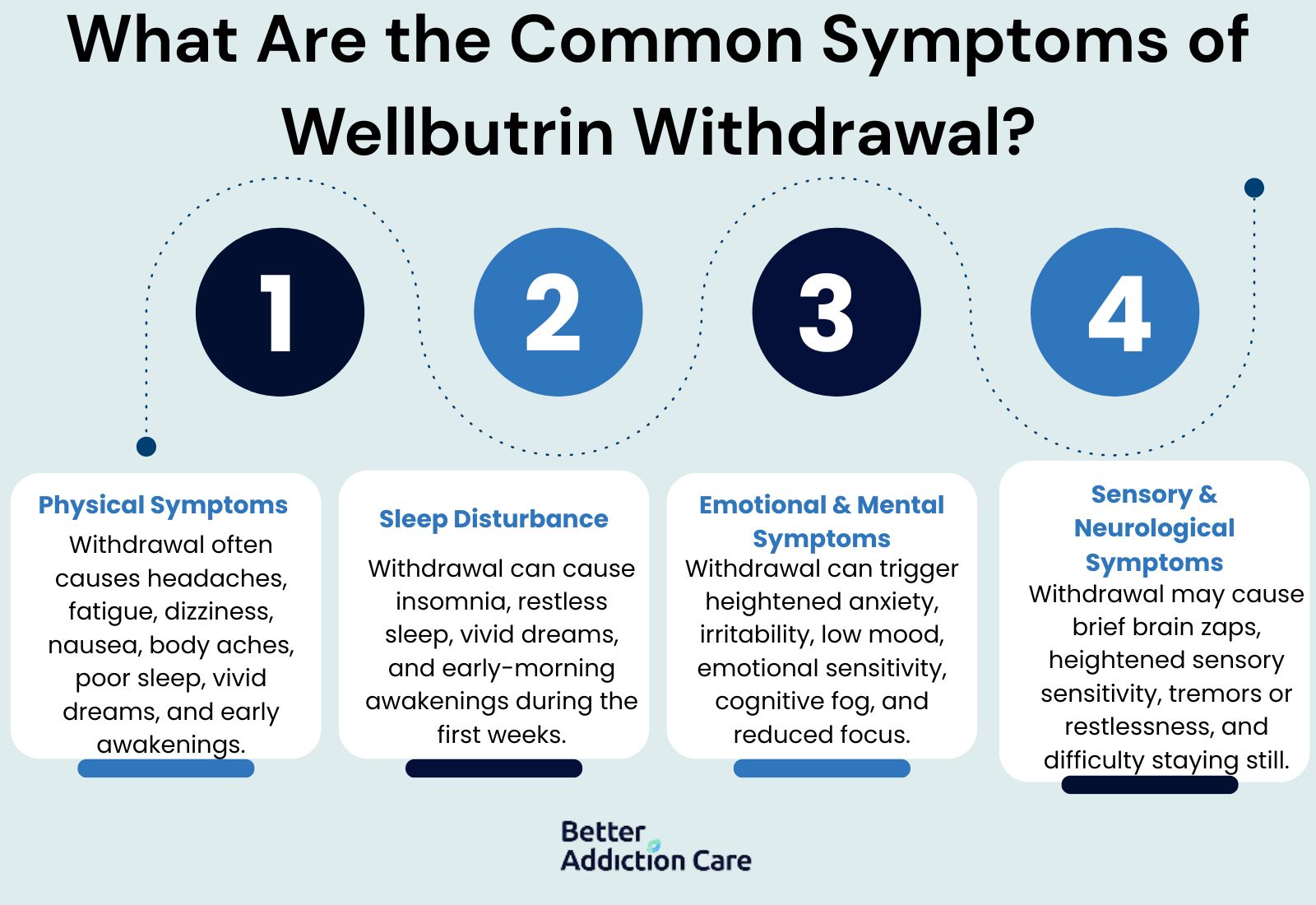 @esle
@esle

Wellbutrin (bupropion) is an antidepressant that increases dopamine and norepinephrine, two neurotransmitters that play major roles in mood stability, focus, energy, and emotional regulation.
When Wellbutrin is stopped abruptly, the brain suddenly loses a consistent level of these chemicals. This rapid shift forces the nervous system into “catch-up mode,” where it struggles to regain equilibrium. That temporary imbalance is what creates withdrawal symptoms.
Wellbutrin (bupropion) is an antidepressant that increases dopamine and norepinephrine, two neurotransmitters that play major roles in mood stability, focus, energy, and emotional regulation.
When Wellbutrin is stopped abruptly, the brain suddenly loses a consistent level of these chemicals. This rapid shift forces the nervous system into “catch-up mode,” where it struggles to regain equilibrium. That temporary imbalance is what creates withdrawal symptoms.
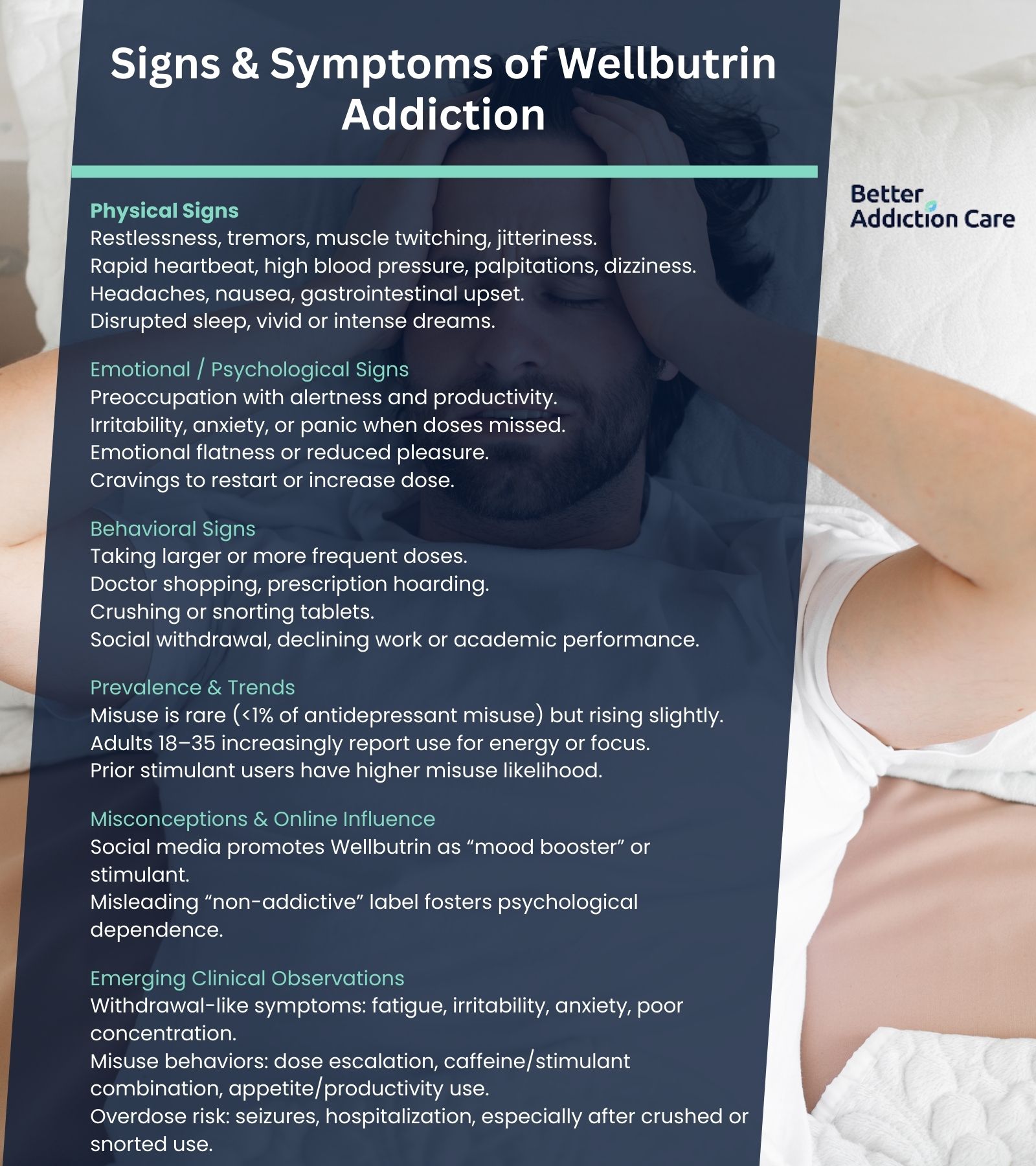
For many people, Wellbutrin begins as a trusted prescription — a lifeline to lift the heavy fog of depression or to make quitting cigarettes finally seem possible.
Over time, though, what starts as a tool for recovery can become something they rely on to feel normal. A skipped dose brings exhaustion or irritability, and increasing the dose seems harmless when the medication once made them feel better.
For many people, Wellbutrin begins as a trusted prescription — a lifeline to lift the heavy fog of depression or to make quitting cigarettes finally seem possible.
Over time, though, what starts as a tool for recovery can become something they rely on to feel normal. A skipped dose brings exhaustion or irritability, and increasing the dose seems harmless when the medication once made them feel better.
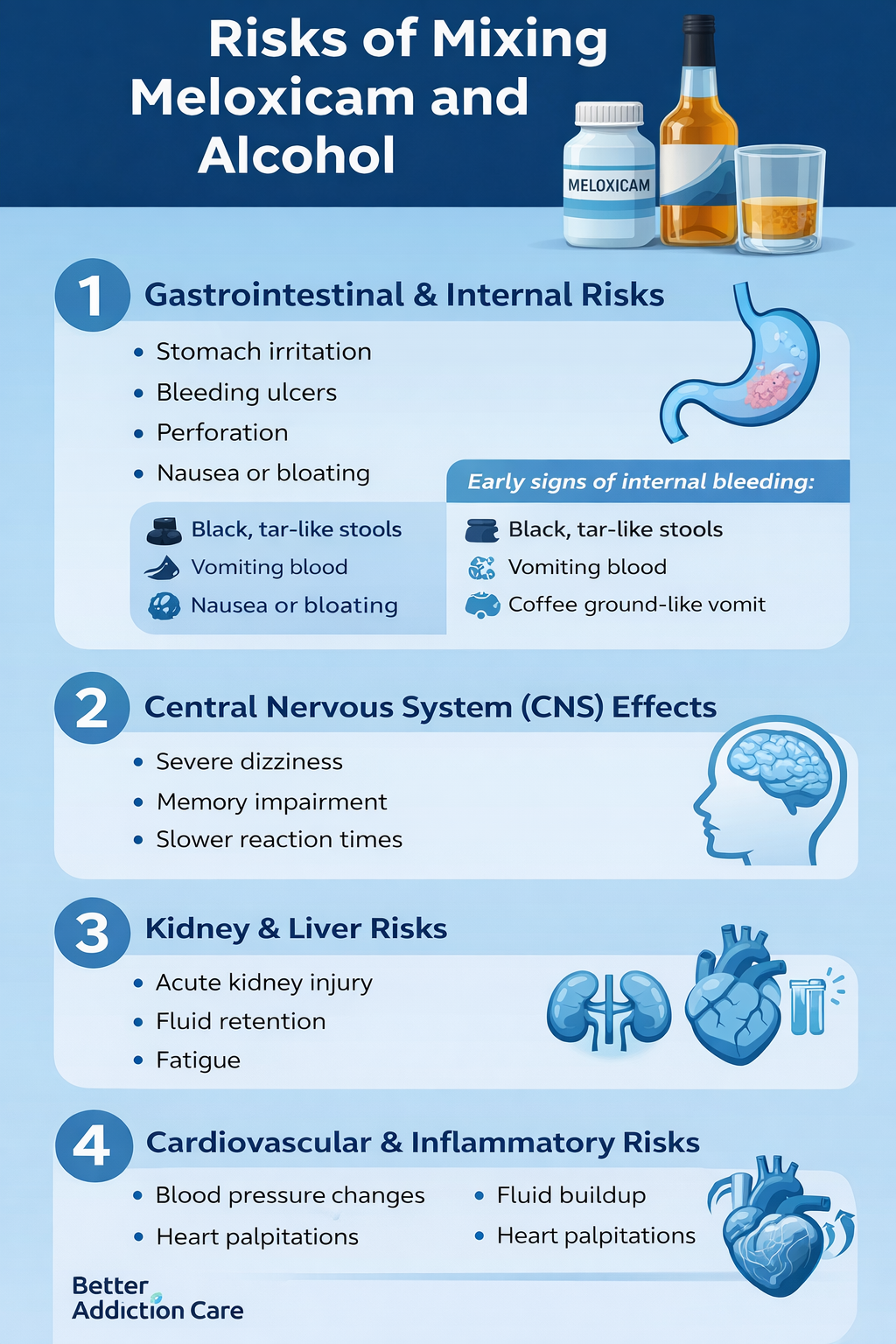 @esle
@esle

Can You Use Meloxicam and Alcohol Together?
The short answer is no — combining Meloxicam and alcohol is unsafe for most people, especially for those who have underlying digestive, liver, or cardiovascular conditions. Even occasional alcohol use can dramatically amplify Meloxicam’s side effects, making the combination more harmful than people expect.
Can You Use Meloxicam and Alcohol Together?
The short answer is no — combining Meloxicam and alcohol is unsafe for most people, especially for those who have underlying digestive, liver, or cardiovascular conditions. Even occasional alcohol use can dramatically amplify Meloxicam’s side effects, making the combination more harmful than people expect.
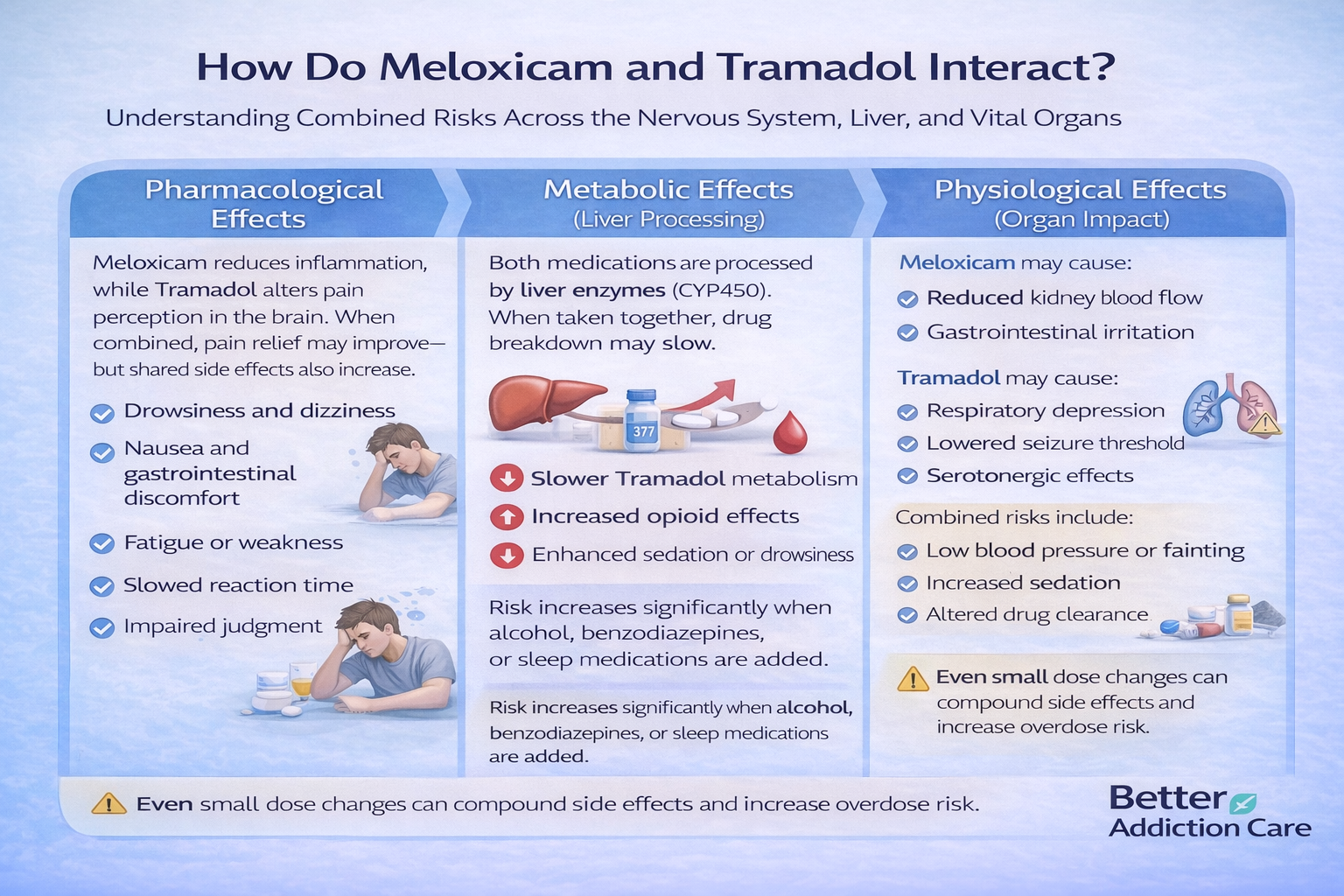 @esle
@esle

Can You Take Meloxicam and Tramadol Together?
Yes, but only when the combination is prescribed and monitored by a medical professional. For individuals struggling with pain that affects their daily function, combining these medications can seem like a fast way to regain comfort, mobility, and stability.
Can You Take Meloxicam and Tramadol Together?
Yes, but only when the combination is prescribed and monitored by a medical professional. For individuals struggling with pain that affects their daily function, combining these medications can seem like a fast way to regain comfort, mobility, and stability.
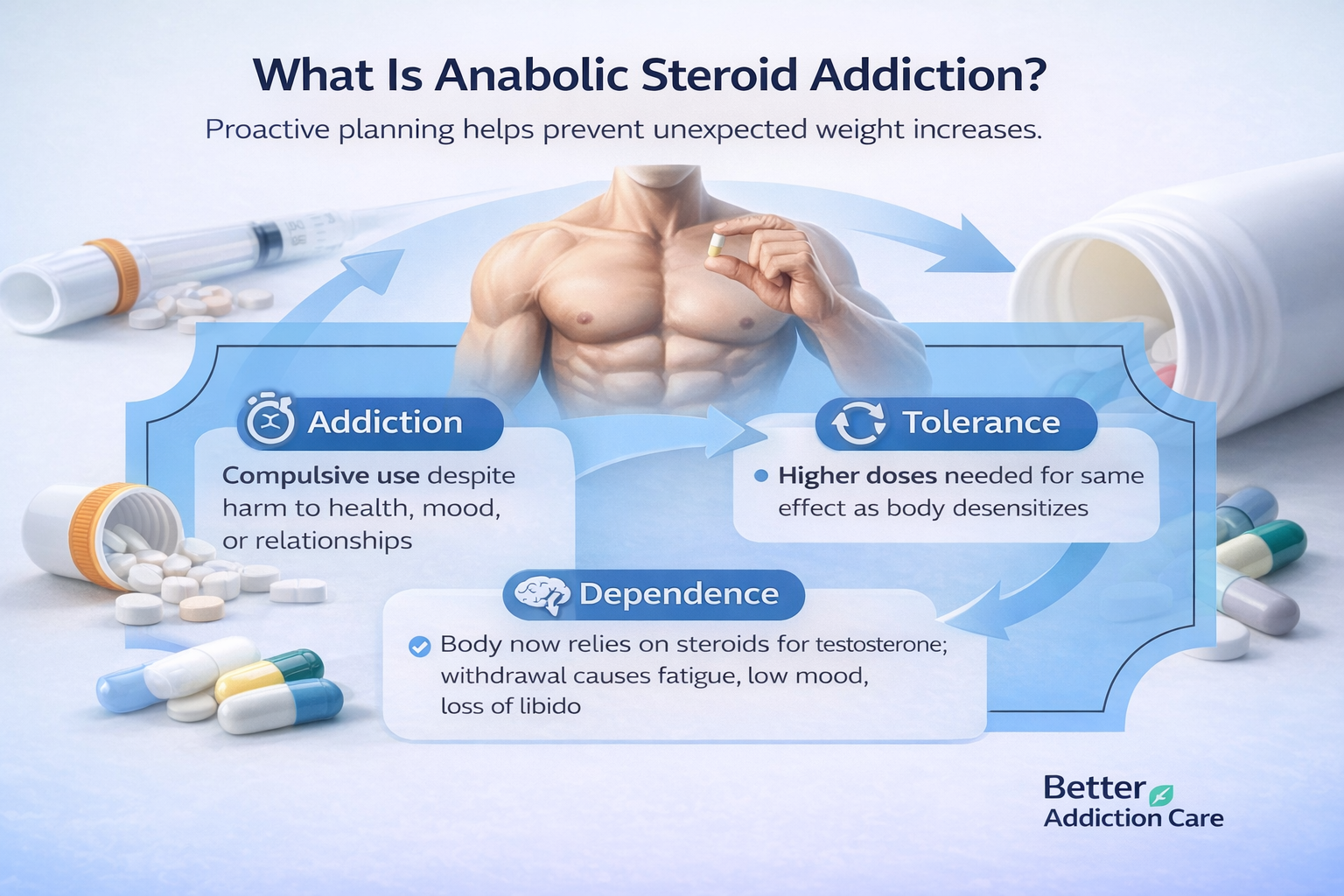
For many people, anabolic steroids begin as a way to “get ahead”—a little extra muscle, faster recovery from workouts, pressure to look more defined, or to keep up with peers who seem to be transforming their bodies quickly. But slowly, something shifts.
A person who once felt proud of their discipline now feels terrified of losing the progress they've made. People around you also start noticing mood swings, secrecy, irritability, and an overwhelming focus on the gym.
Your loved one may insist they’re “fine,” that they’re “just cycling,” and that they can stop at any time. Yet when they try, the depression, fatigue, and cravings hit so hard they run straight back to the drugs.
For many people, anabolic steroids begin as a way to “get ahead”—a little extra muscle, faster recovery from workouts, pressure to look more defined, or to keep up with peers who seem to be transforming their bodies quickly. But slowly, something shifts.
A person who once felt proud of their discipline now feels terrified of losing the progress they've made. People around you also start noticing mood swings, secrecy, irritability, and an overwhelming focus on the gym.
Your loved one may insist they’re “fine,” that they’re “just cycling,” and that they can stop at any time. Yet when they try, the depression, fatigue, and cravings hit so hard they run straight back to the drugs.
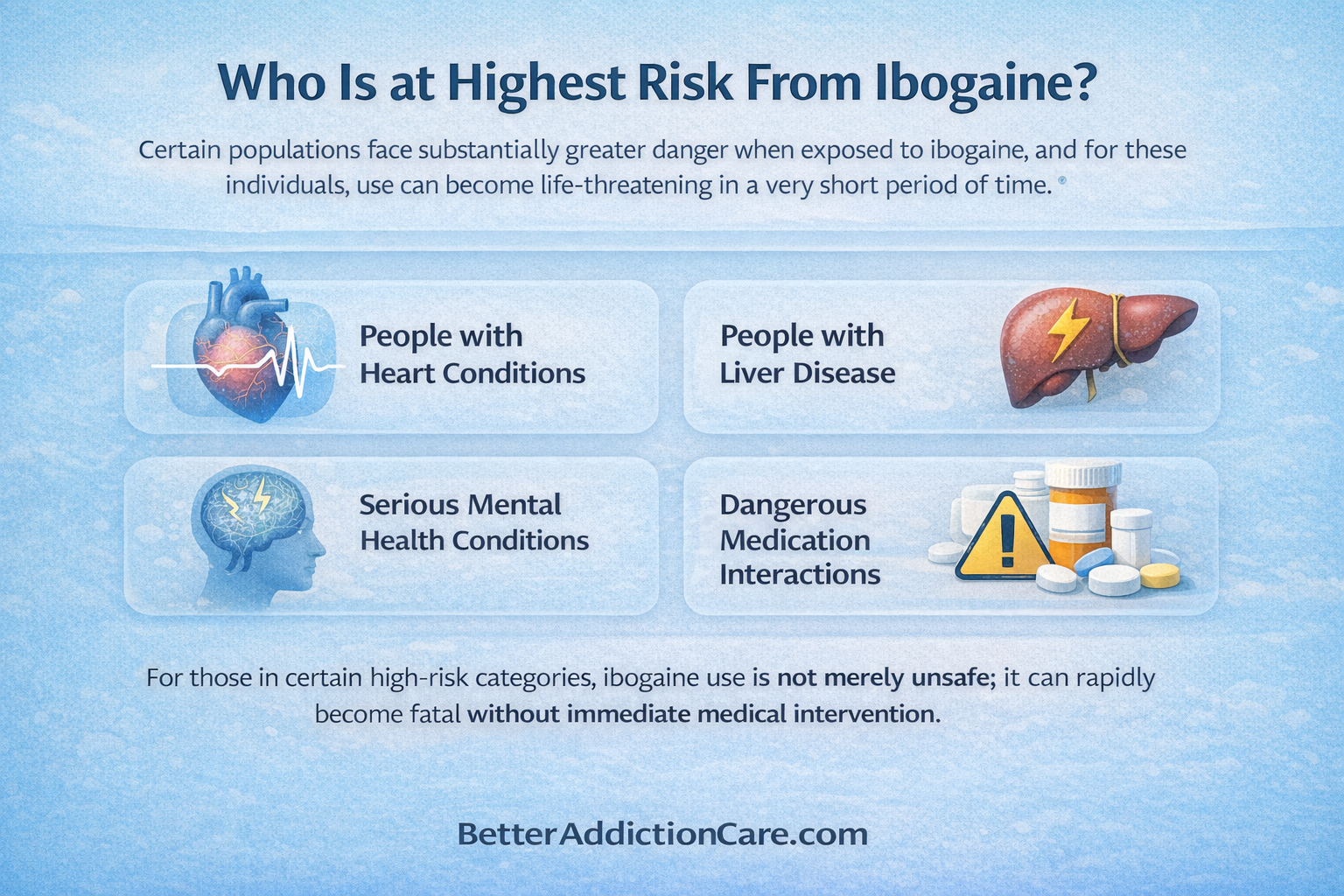 @esle
@esle

For families watching a loved one struggle with addiction or severe mental health challenges, the search for answers can feel urgent—and overwhelming.
When conventional treatments don’t seem to work fast enough, many people begin looking beyond standard options.
Ibogaine often appears in these searches, described online as a powerful, alternative approach to addiction recovery.
For families watching a loved one struggle with addiction or severe mental health challenges, the search for answers can feel urgent—and overwhelming.
When conventional treatments don’t seem to work fast enough, many people begin looking beyond standard options.
Ibogaine often appears in these searches, described online as a powerful, alternative approach to addiction recovery.
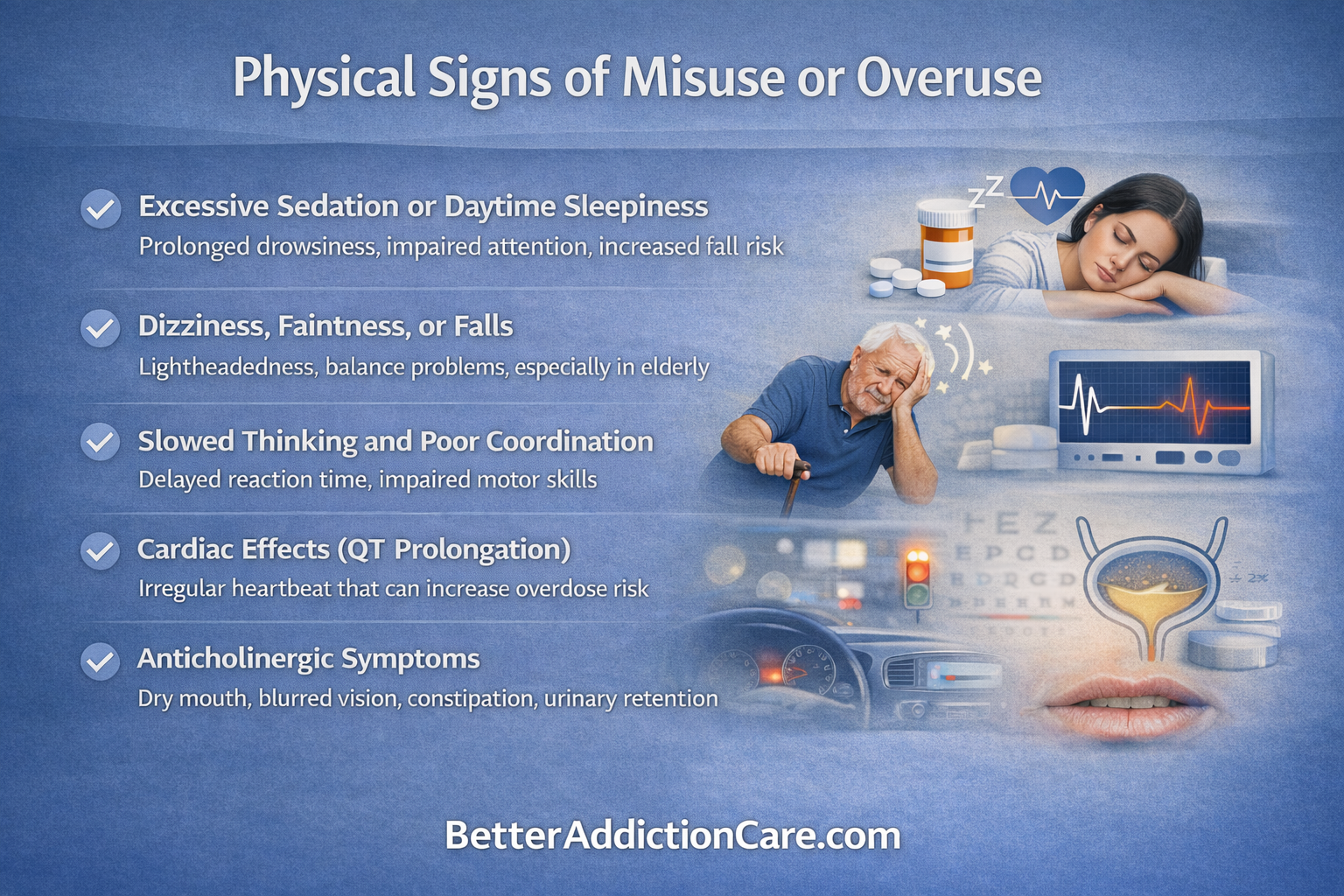
Hydroxyzine (commonly sold as Atarax or Vistaril depending on formulation) is a first-generation antihistamine with strong sedative and anxiolytic properties.
It blocks histamine H1 receptors and also has anticholinergic and antiadrenergic effects; these central nervous system actions explain its calming and antihistamine effects. Clinically, hydroxyzine is prescribed for:
Hydroxyzine (commonly sold as Atarax or Vistaril depending on formulation) is a first-generation antihistamine with strong sedative and anxiolytic properties.
It blocks histamine H1 receptors and also has anticholinergic and antiadrenergic effects; these central nervous system actions explain its calming and antihistamine effects. Clinically, hydroxyzine is prescribed for:
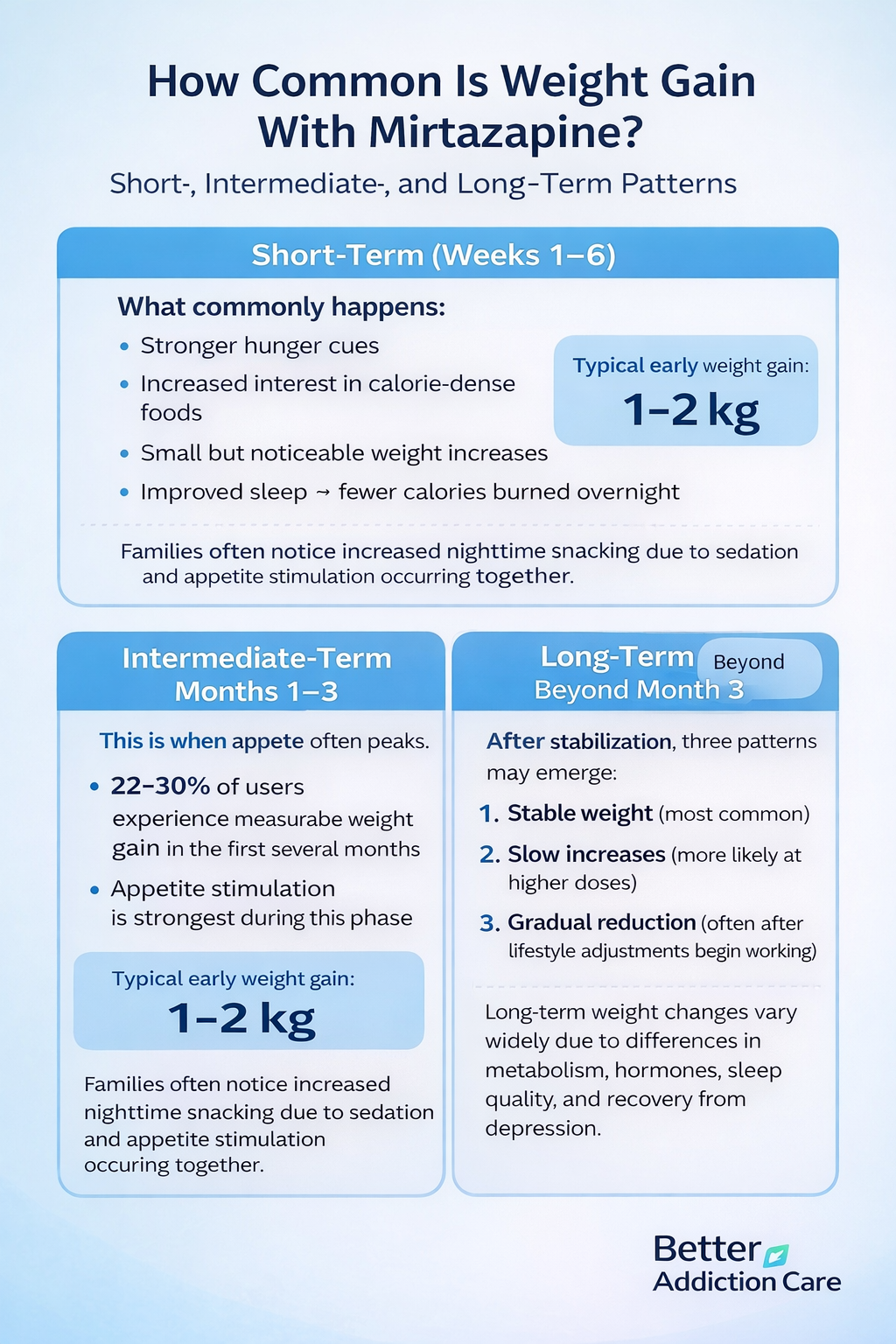 @esle
@esle

Mirtazapine is an atypical antidepressant commonly used to treat:
- major depressive disorder
- anxiety disorders
- trauma-related insomnia
- appetite loss associated with severe depression
Mirtazapine is an atypical antidepressant commonly used to treat:
- major depressive disorder
- anxiety disorders
- trauma-related insomnia
- appetite loss associated with severe depression
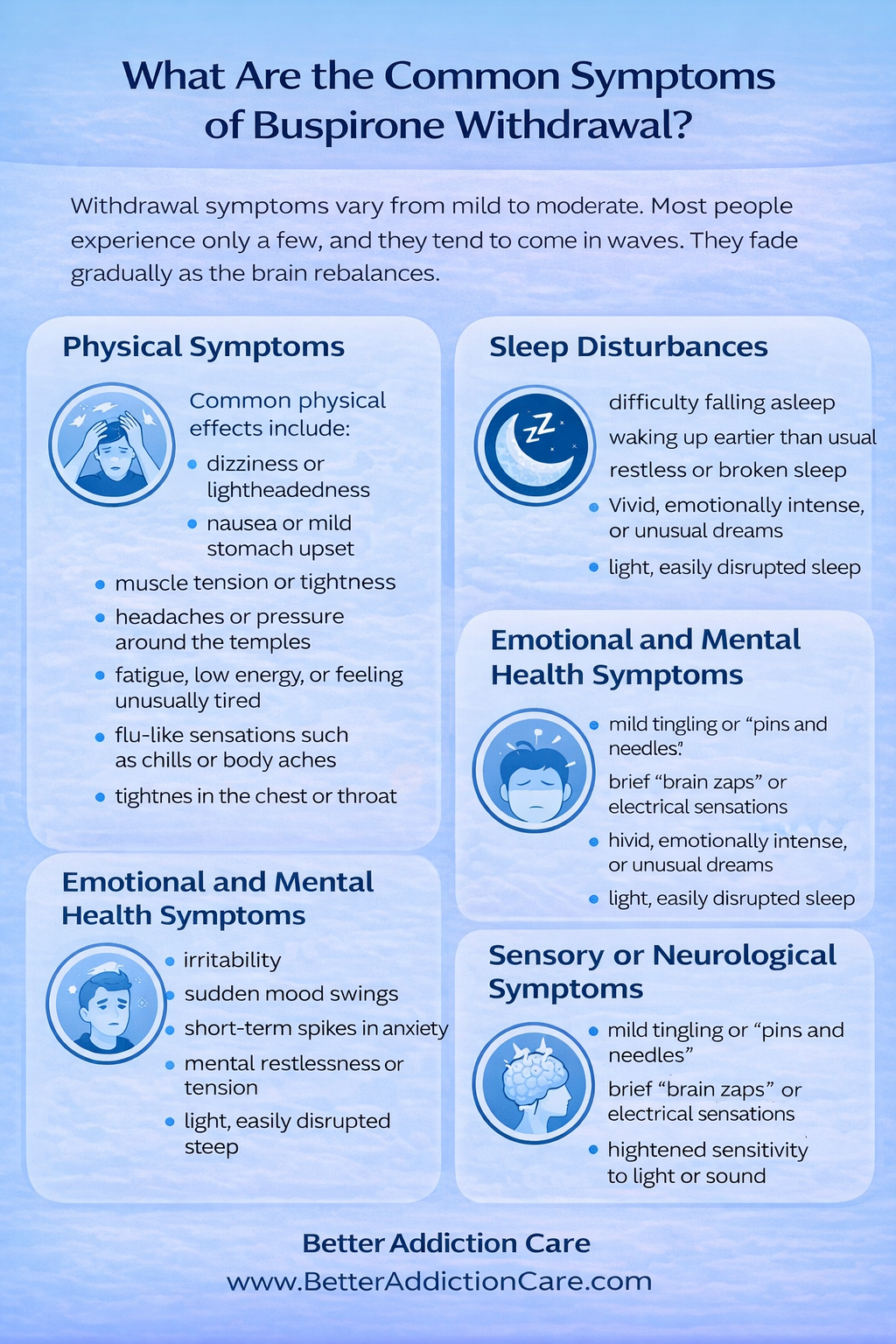 @esle
@esle

When you take Buspirone regularly, your brain gets used to a steady level of serotonin support. Over time, your system adjusts to this new balance. If you stop taking it all at once, the brain doesn’t instantly shift back to its old pattern. It needs time to restart its natural serotonin flow and recalibrate how it handles stress signals.
When you take Buspirone regularly, your brain gets used to a steady level of serotonin support. Over time, your system adjusts to this new balance. If you stop taking it all at once, the brain doesn’t instantly shift back to its old pattern. It needs time to restart its natural serotonin flow and recalibrate how it handles stress signals.
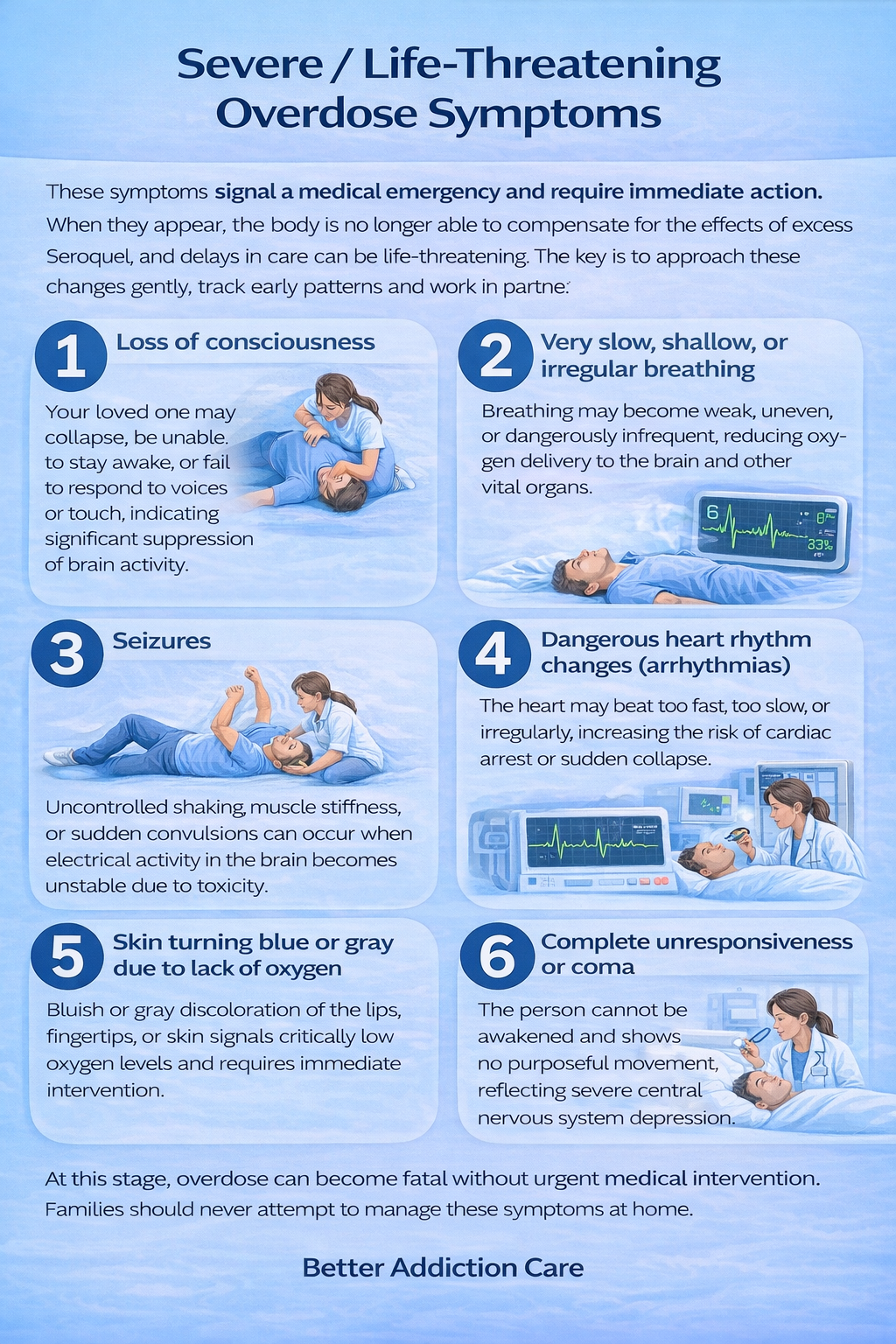 @esle
@esle

Seroquel (quetiapine) is a prescription medication commonly used to treat conditions such as bipolar disorder, schizophrenia, and major depressive disorder. A Seroquel overdose can affect breathing, heart rhythm, blood pressure, and consciousness, and symptoms may worsen faster than families expect. Quick action can save a life.
Seroquel (quetiapine) is a prescription medication commonly used to treat conditions such as bipolar disorder, schizophrenia, and major depressive disorder. A Seroquel overdose can affect breathing, heart rhythm, blood pressure, and consciousness, and symptoms may worsen faster than families expect. Quick action can save a life.
 @esle
@esle

Valium (generic name: diazepam) is a benzodiazepine medication prescribed to treat conditions such as anxiety disorders, muscle spasms, alcohol withdrawal symptoms, and seizures. It works by calming the brain and nervous system activity.
Valium (generic name: diazepam) is a benzodiazepine medication prescribed to treat conditions such as anxiety disorders, muscle spasms, alcohol withdrawal symptoms, and seizures. It works by calming the brain and nervous system activity.
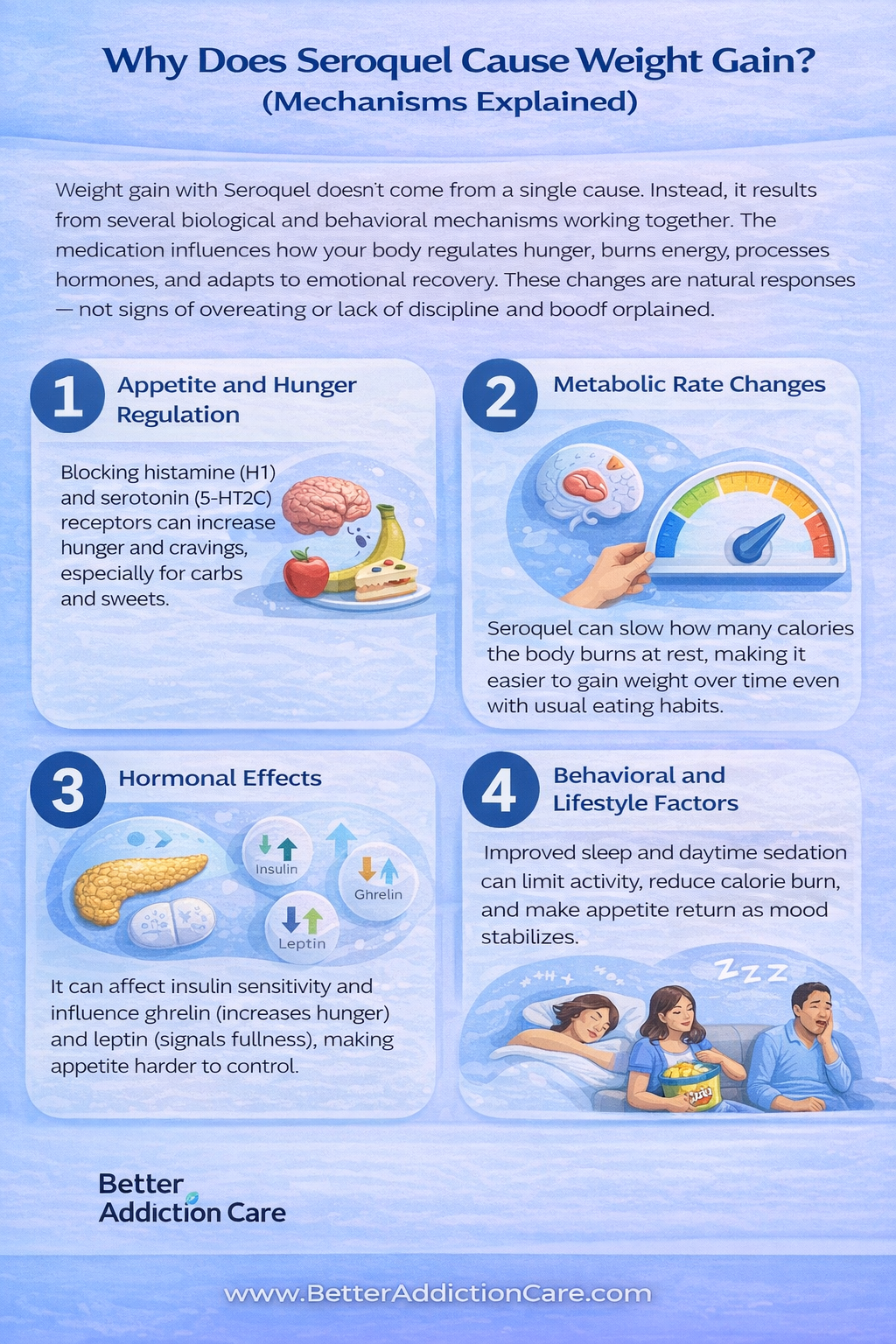 @esle
@esle

Studies show that weight gain with Seroquel varies from person to person and depends on factors such as dose, duration of treatment, metabolism, and individual sensitivity to appetite or hormonal changes. Some people notice only mild changes, while others experience more noticeable increases over time.
Studies show that weight gain with Seroquel varies from person to person and depends on factors such as dose, duration of treatment, metabolism, and individual sensitivity to appetite or hormonal changes. Some people notice only mild changes, while others experience more noticeable increases over time.
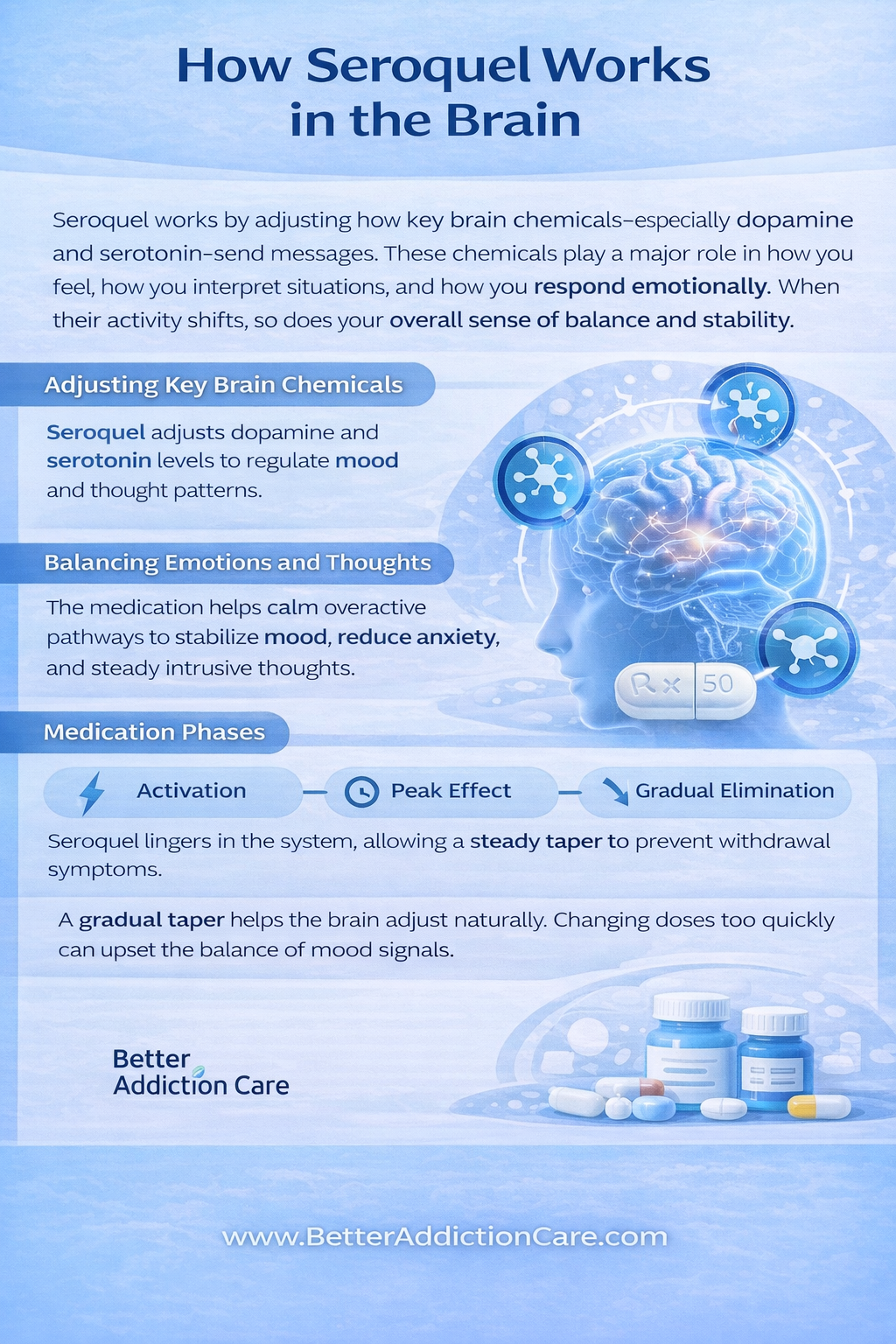 @esle
@esle

The average elimination time for Seroquel depends on its half-life, which is the period your body needs to remove half of a single dose. Approximately 6 hours for immediate-release Seroquel. This means that every six hours, the amount of medication in your bloodstream is reduced by about half.
The average elimination time for Seroquel depends on its half-life, which is the period your body needs to remove half of a single dose. Approximately 6 hours for immediate-release Seroquel. This means that every six hours, the amount of medication in your bloodstream is reduced by about half.
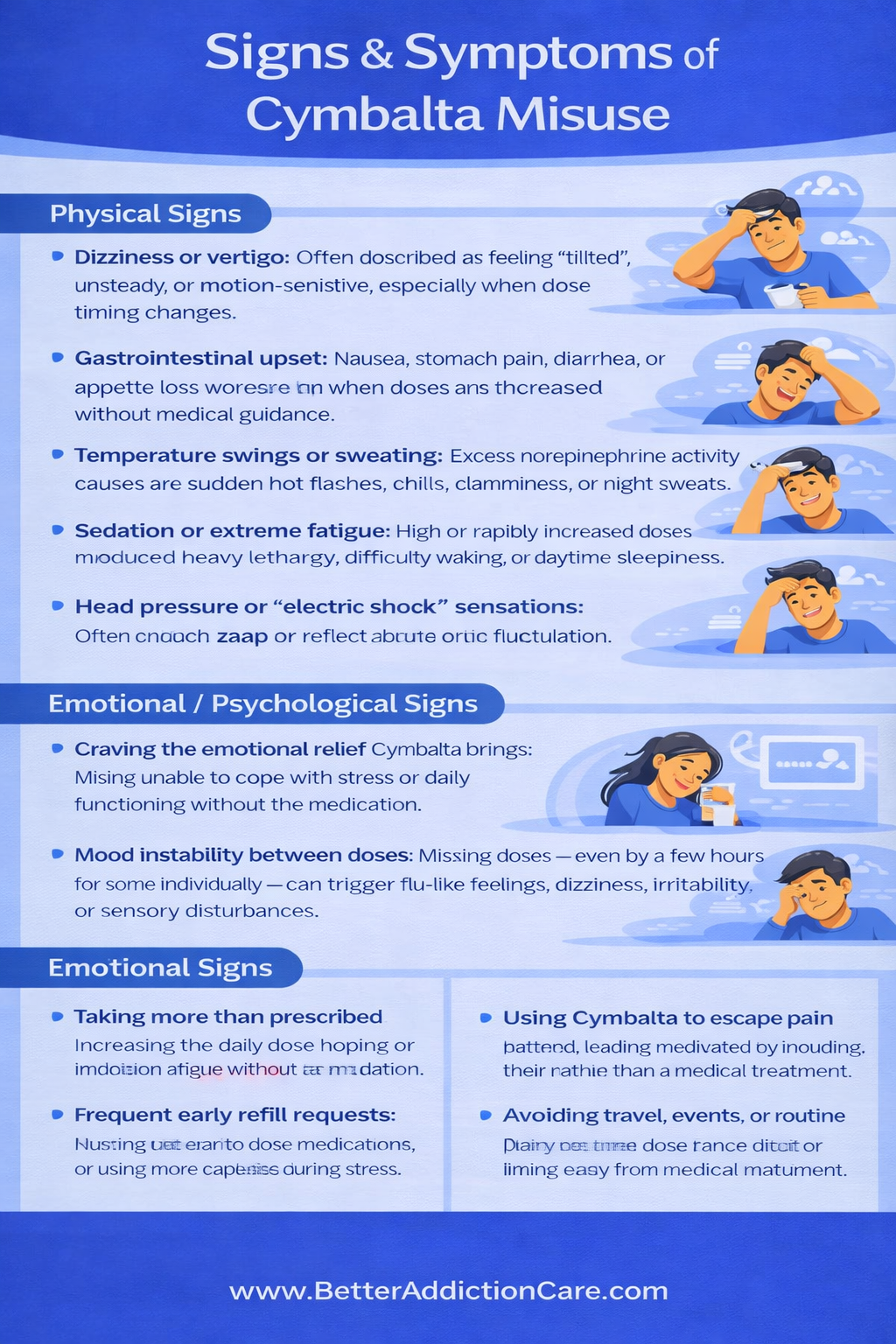
Many people turn to Cymbalta when pain, anxiety, or depression start interfering with daily life. When the medication finally brings relief, it’s natural to want that stability to last. But over time, some people take extra doses on difficult days, adjust timing on their own, or feel uneasy about missing a pill.
Many people turn to Cymbalta when pain, anxiety, or depression start interfering with daily life. When the medication finally brings relief, it’s natural to want that stability to last. But over time, some people take extra doses on difficult days, adjust timing on their own, or feel uneasy about missing a pill.
